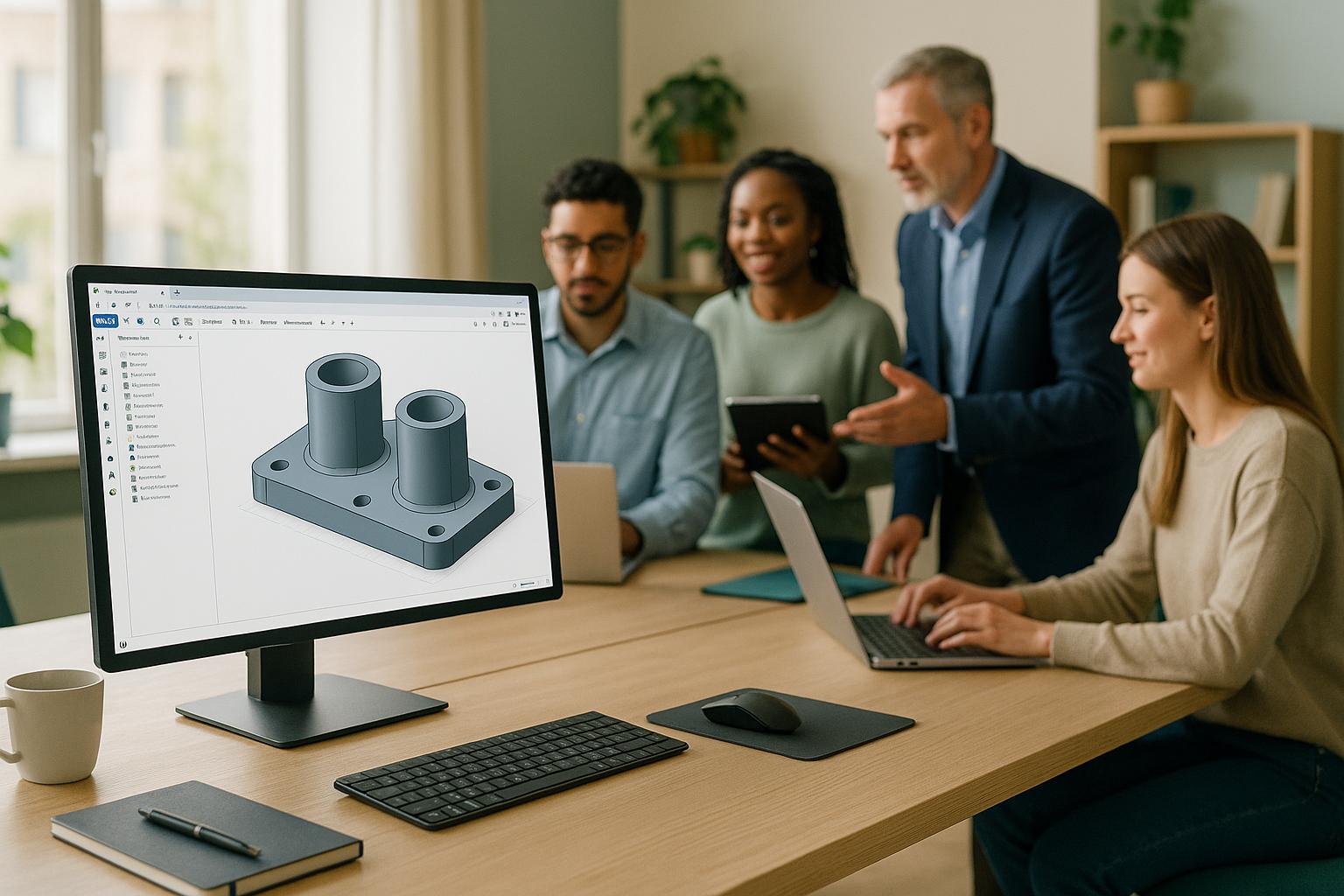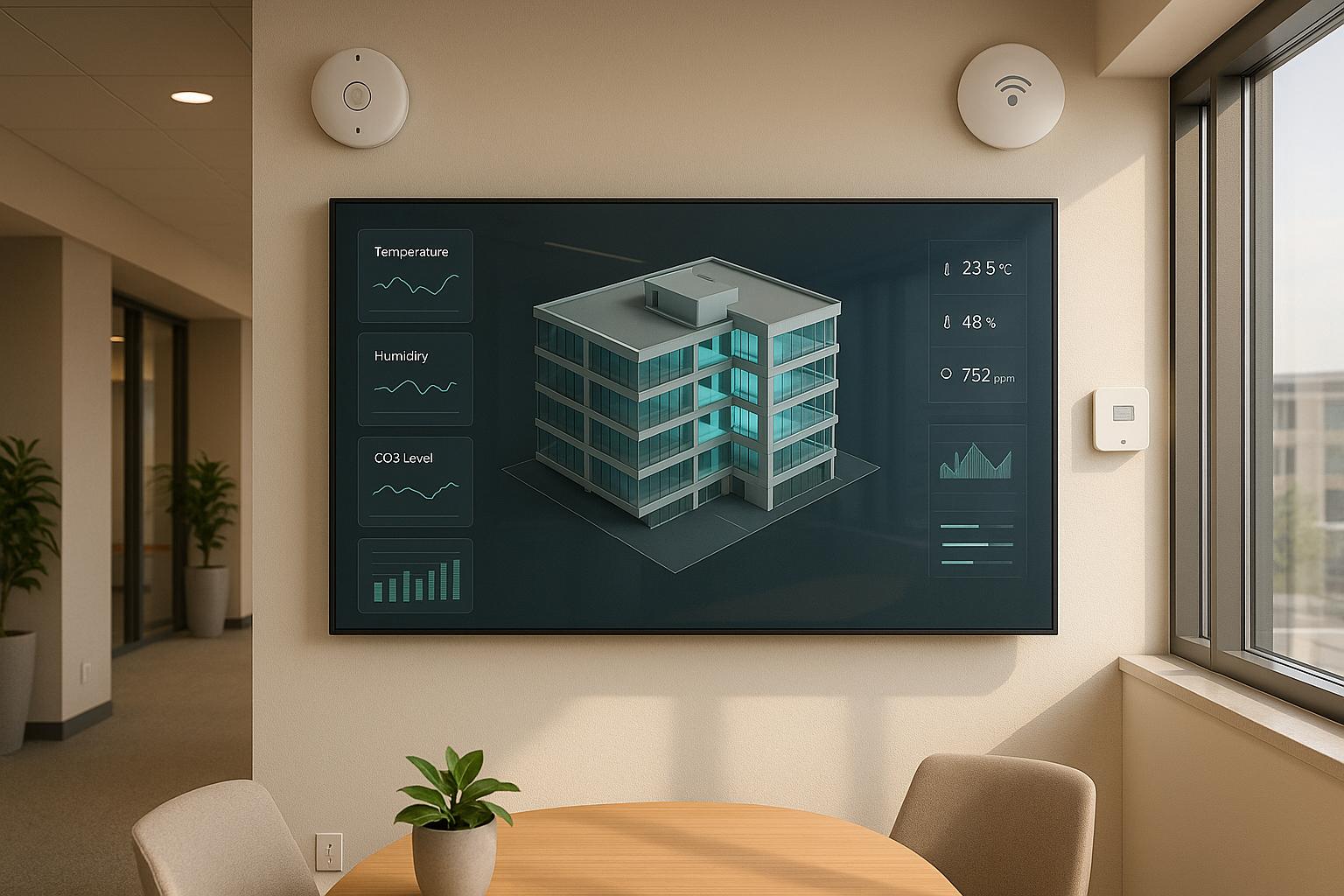The Complete Beginner’s Guide to Outsourcing Your First Tech Product
Taher Pardawala January 28, 2025
Outsourcing your first tech product can save you time, reduce costs, and provide access to expert skills. This guide helps you:
- Understand who benefits most from outsourcing (e.g., non-technical founders, startups).
- Prepare your product with clear goals, budgets, and tools like Figma or Jira.
- Choose the right outsourcing partner based on expertise, communication, and cost.
- Manage the process effectively with tools like Slack and regular progress reviews.
- Ensure quality through testing and protect your intellectual property with NDAs and MSAs.
- Plan for post-launch support, including maintenance and issue resolution.
Quick Tip: Start small with an MVP to validate your idea before full development. Outsourcing is not just about saving money – it’s about focusing on growth while experts handle the technical side.
Should I outsource my startup’s MVP development?
Getting Your Tech Product Ready for Outsourcing
Before starting development, it’s essential to prepare thoroughly. This step helps you avoid mistakes that could derail your project and keeps everything on track.
Define Your Product Vision and Scope
Create a detailed technical specification that outlines your product’s goals and requirements. This document ensures your outsourcing team fully understands what you need, minimizing the chances of miscommunication.
Here’s what a solid technical specification should cover:
| Component | Description |
|---|---|
| Functional Requirements | Key features and how users will interact with them |
| Technical Standards | Technology stack and platform compatibility |
| Design Requirements | UI/UX guidelines and branding details |
| Testing Requirements | Quality checks and acceptance criteria |
| Support Plans | Post-launch updates and maintenance |
Set a Realistic Budget and Timeline
When planning, account for both direct and indirect costs. For example, SmartLane’s success story shows how aligning the budget with the technology stack early on can make a big difference [1].
Break your project into phases with realistic timeframes:
- Discovery: 2–3 weeks
- Design: 3–4 weeks
- Development: 8–12 weeks
- Testing: 2–3 weeks
- Launch: 1–2 weeks
Tools for Project Organization
Pick tools that align with your team’s workflow. Here are some of the most popular options:
| Tool | Best For |
|---|---|
| ClickUp | Managing overall projects |
| Figma | Collaborating on designs |
| Jira | Agile development tasks |
| Notion | Keeping documentation organized |
With your vision, budget, and tools sorted, you’re ready to start searching for the ideal outsourcing partner.
Selecting the Right Outsourcing Partner
Choosing the right outsourcing partner can make or break your tech product’s success. Here’s how to navigate this decision with confidence.
Where to Find Outsourcing Partners
There are several platforms where you can connect with outsourcing partners. From global talent pools to specialized development firms, each option caters to different needs:
| Platform Type | Best For | Benefits |
|---|---|---|
| Freelance Marketplaces (e.g., Upwork) | Small tasks | Quick hiring, flexible pricing |
| Premium Networks (e.g., Toptal) | High-skill requirements | Pre-vetted experts, quality assurance |
| Specialized Companies | Full product development | Structured approach, all-in-one services |
Platforms like Upwork are great for smaller tasks, while Toptal focuses on connecting you with top-tier, pre-screened professionals. For more comprehensive needs, specialized companies offer end-to-end development solutions.
Criteria for Evaluating Outsourcing Partners
When evaluating potential partners, focus on these key areas:
| Evaluation Criteria | What to Look For | Importance |
|---|---|---|
| Technical Expertise | Proven portfolio and in-depth knowledge | High |
| Communication Skills | Clear, consistent communication and time zone compatibility | High |
| Project Management | Defined workflows and milestone tracking | Medium |
| Cost Structure | Transparent pricing and payment terms | Medium |
| Cultural Fit | Alignment in work style and values | Medium |
A strong cultural fit can prevent misunderstandings and ensure smoother collaboration throughout the project.
"Outsourcing product development involves collaborating with external experts or teams to bring your product concept to fruition." – The Founders Agency [3]
Warning Signs to Watch For
Keep an eye out for these red flags when choosing a partner:
- Poor Communication: If they struggle to communicate clearly or make unrealistic promises about speed and cost, consider it a warning sign.
- Weak Portfolio: A lack of relevant experience or inability to provide references is a major concern.
- Limited Technical Knowledge: If they don’t ask detailed questions about your project, they may not fully understand its requirements.
Look for partners who use structured processes to ensure transparency and timely delivery, such as those who commit to completing an MVP within a specific timeframe.
Once you’ve found the right partner, focus on setting up clear communication and project management practices to ensure a successful collaboration.
sbb-itb-51b9a02
Managing the Outsourcing Process
Once you’ve selected the right partner, managing the outsourcing process becomes crucial to hitting your product goals. A 2023 Deloitte study found that 57% of businesses outsource to speed up time-to-market, so keeping things running smoothly is a must.
Setting Up Communication Tools
Good communication is the backbone of any successful collaboration. Tools like Slack for quick updates, Jira for tracking tasks, Zoom for meetings, and Google Workspace for shared documents can make things easier. Make sure to establish "overlap hours" – a set time when both your team and the outsourcing partner are available to connect.
"Effective communication is not just about real-time conversations. It also involves clear and concise documentation." – Hire Software Developers India [4]
Defining Project Milestones and Deliverables
Break the project into phases using the SMART framework to ensure each step is clear and achievable. Define deliverables, timelines, and success criteria for stages like discovery, design, development, and testing. This approach ensures every milestone directly supports your product’s goals.
Once milestones are set, regular check-ins help keep everything on track and address any issues early.
Conducting Regular Progress Reviews
Frequent reviews are key to maintaining quality and alignment as the project moves forward. Matt Watson, CEO of Full Scale, emphasizes the importance of clear schedules and protocols to keep momentum [4].
- Daily stand-ups: Quick updates to address immediate tasks.
- Weekly sprint reviews: Feedback sessions to refine work and adjust priorities.
- Monthly check-ins: High-level discussions on strategic goals and timelines.
A 2023 study found that 91% of organizations encounter challenges in project management [4], making consistent oversight even more critical.
"Problems are inevitable during software development, regardless of how well-planned your approach is." – ClickUp Author [4]
Ensuring Quality and Protecting Your Interests
When outsourcing your tech product, focusing on quality and safeguarding your interests is essential. Research shows that addressing quality issues early can cut development costs by up to 50%, as it prevents small problems from turning into costly setbacks.
Quality Assurance and Testing
A solid testing plan is key to delivering a reliable product that meets expectations. Here’s how to approach it:
- Use automated testing tools like Selenium to quickly identify bugs and ensure your product performs as intended.
- Adopt CI/CD practices with platforms such as Jenkins to test every code change immediately, ensuring consistent quality and saving time.
While testing guarantees your product works as it should, protecting your intellectual property is just as important to secure your investment.
Securing Intellectual Property and Code Ownership
Your intellectual property (IP) is a critical asset, and strong legal protections are necessary to safeguard it during outsourcing.
- Non-Disclosure Agreements (NDAs): Have your partner sign an NDA before sharing any details. Specify what’s considered confidential and outline penalties for breaches.
- Master Service Agreements (MSAs): Ensure your MSA covers essential aspects like code ownership, IP transfer, confidentiality, and dispute resolution.
For instance, AlterSquare includes detailed IP protection measures in their outsourcing agreements, setting a high standard for safeguarding client interests.
"The intellectual property rights of a firm are equally or more valuable than the physical assets of the firm." [2]
Once your IP is secure, shift your focus to maintaining and supporting your product after launch.
Planning for Post-Launch Support
To keep your product competitive and functional, establish a clear post-launch support strategy:
- Service Level Agreement (SLA): Define support expectations, including response times and issue types. For example:
| Support Level | Response Time | Issue Types |
|---|---|---|
| Critical | < 2 hours | Major system failures |
| High | < 8 hours | Feature malfunctions, performance issues |
| Normal | < 24 hours | Minor bugs, UI improvements |
- Maintenance Schedule: Set regular windows for updates and improvements to avoid technical debt and keep your product up-to-date with new technology.
- Knowledge Transfer: Request thorough documentation and training to reduce dependency on your outsourcing partner and ensure smooth handovers.
These steps will help your product stay functional and relevant, maximizing the return on your outsourcing investment throughout its lifecycle.
Conclusion: Key Points for New Founders
The Outsourcing Process in a Nutshell
Did you know that 92% of G2000 companies outsource their IT operations? That’s a testament to how effective outsourcing can be. But success doesn’t happen by chance – it requires careful preparation, choosing the right partner, managing the project effectively, and ensuring quality at every step. Set measurable goals and keep communication flowing throughout the process to stay on track.
With these fundamentals in mind, let’s look at a few final tips to help you make the most of outsourcing.
Practical Tips to Succeed
Take a page from Dropbox’s playbook: their MVP strategy proved demand before they committed to full development. Start simple, focus on defining KPIs to track progress, document everything clearly, and use workflows that are adaptable without losing control. This way, you can handle changes without letting them disrupt your project.
Outsourcing is more than just cutting costs – it’s a way to speed up growth and drive innovation. By following these guidelines, you can bring your tech product to life while keeping your attention on scaling your business.
"Outsourcing product development is not just a cost-effective solution, it’s a strategic move that allows you to focus on what you do best in spearheading your startup toward growth and market success." – KeyValue Blog [1]
FAQs
What is the timeline for product MVP?
Creating a tech product MVP usually takes between 2 to 6 months, though the exact timeline depends on factors like product complexity, team skills, and technical needs. Here’s a breakdown:
Product Complexity:
- Simple mobile apps: Around 2–3 months
- Complex web applications: 4–6 months
- Enterprise-level solutions: Over 6 months
Key Factors That Impact the Timeline:
- Development method (e.g., waterfall vs. agile)
- Team expertise and availability
- Specific technical requirements
- Integration challenges
- Testing and quality assurance needs
To stay on schedule, it’s important to clearly define your product scope and focus on a minimum feature set. This approach helps you validate your core idea quickly, gather user feedback, and make improvements based on market needs.
Related Blog Posts
- Choosing the Right Outsourced Development Partner in India: Key Questions for Non-Tech Founders
- Non-Tech Founder’s Checklist: Essential Steps to Launch Your MVP
- Key Considerations for Tech Founders When Outsourcing Product Development
- Why Experienced Founders Choose Outsourced Development for Their Next MVP








Leave a Reply